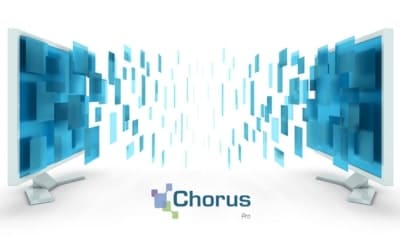For businesses, the Transition to e-invoicing is a great opportunity to accelerate the digitalization of their purchasing chain and gain efficiency, in particular by reducing processing times and costs. But to deploy e-invoicing in the best conditions and make the most of it, it is still necessary to understand the architecture of the future global system imagined by the administration. How was it designed and how will it work? "While the global dynamic goes back more than twenty years, first in Chile in 2001 and then in several countries in Latin America, Asia and Europe, with a recent ramp-up, the France is accelerating and focusing on innovation with a 'hybrid model' based on the regulation of billing transactions," said Christiaan Van der Valk of Sovos. International software publisher for tax compliance, at Electronic Invoice Day recently organised by the FNFE-MEP (European Forum for Electronic Invoicing and e-Public Procurement).
This model, based on a so-called "Y" scheme that will prevent the failure of one of the actors from blocking the chain, requires companies to use the services of a dematerialization platform: either one – or even several – partner platform (PDP) of their choice, registered for three years and listed in a List available on impots.gouv.fr, i.e. directly the public billing portal (PP), probably Chorus Pro. If the final choice is not yet completely decided, Chrorus Pro appears indeed as the best candidate from an economic point of view and to respect the deadlines and the schedule. What for? "Not only is the platform proven and robust, with most of the required features and several interconnection possibilities, but, above all, it is already known and widely used by hundreds of thousands of companies for their public customers," said Bertrand Gabriel, Director of Development and Strategic Accounts at Acxias.
The Agency Digital Purchasing has also developed a connector to retrieve invoice data loaded into Chorus Pro, as well as into suppliers' dematerialization platforms, in order to automatically inject them into the solution SAP Ariba of its customers. That "Invoicing 4.0" connector already offers automatic transcription of the content of scanned invoices into the Ariba Invoicing module, associating them with the corresponding purchase order. In addition to managing a directory (companies, partner platforms) and offering a minimum service base, the public portal will serve as a pivotal platform to concentrate all data on the tax administration.
Full article from The Watch Digital Purchasing : "How to turn the constraint of e-invoicing into an opportunity"

